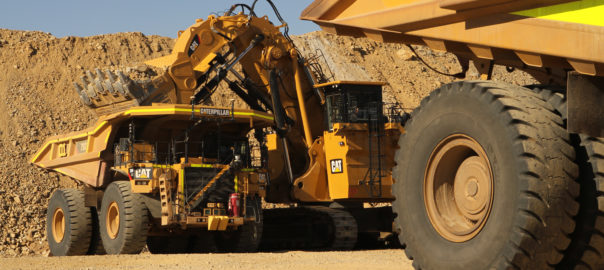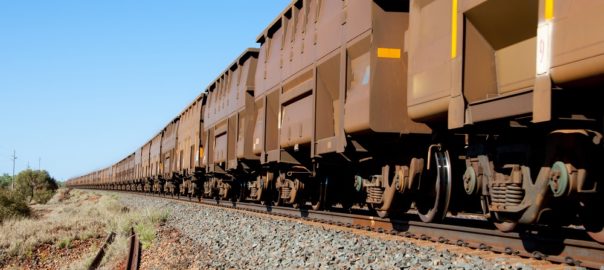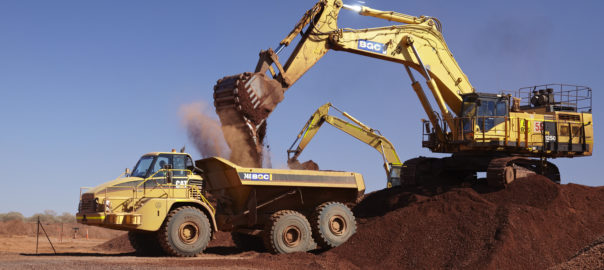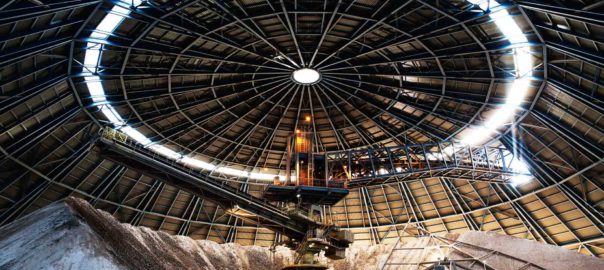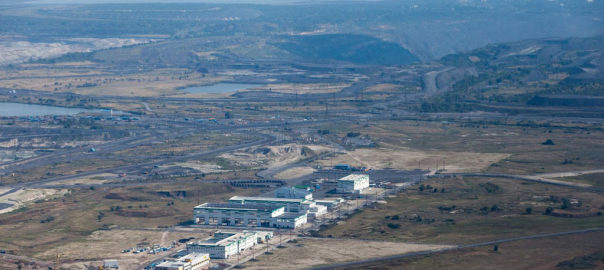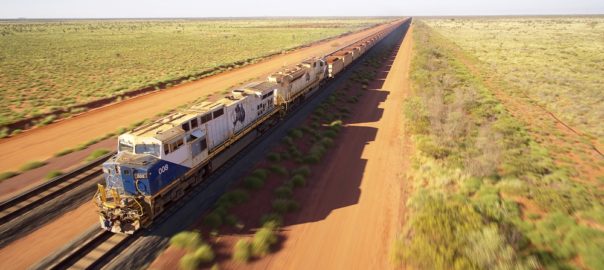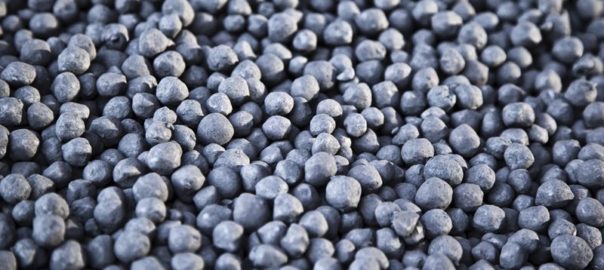Fenix Resources says it has formed a strategic alliance with trucking and logistics company, Minehaul Pty Ltd, in a move seen as a significant step towards the development of its Iron Ridge project in the Mid-West region of Western Australia.
The alliance will see Fenix and Minehaul form a new 50/50 joint venture company, to be known as Premium Minehaul Pty Ltd (PM). It is intended that PM will provide all trucking services to the Iron Ridge project.
Craig Mitchell, the founder and former owner of Mitchell Corp, a major supplier of transport and logistics services to the Western Australia mining industry, has been elected as Chairman and CEO of the newly formed JVC.
The Iron Ridge project is a greenfield development and, therefore, requires all infrastructure, equipment, power, water, communications and other services to be established, according to Fenix.
Pursuant to the JVC agreement, Fenix has provided an undertaking that it will ensure all iron ore transport it is involved with in the Mid-West region of WA (including relating to the project) will be conducted through the JVC.
The terms relating to the provision of these services are to be agreed in the coming months and are pursuant to a separate road haulage contract agreement, however Fenix expects the JVC arrangements to provide several key benefits, including:
- Greater transparency in relation to the likely transport costs associated with the project;
- Significant experience that Craig Mitchell brings to Fenix’s trucking operations;
- Potential for significant cost savings relating to transport costs, and;
- Elimination of management role duplication and the sharing of the benefits of innovation throughout the life of the project.
The Iron Ridge project is some 490 km by road from the Geraldton port and, therefore, it is expected that a significant proportion of the total operating costs associated with the project will be related to the cost of road transport and logistics, Fenix said.
Fenix’s Managing Director, Robert Brierley, said the company already had a well-developed road transport model with detailed cost estimates for the task at hand, and this model will be refined further now the JVC had been formed.
Related to this agreement, Minehaul has subscribed for A$250,000 ($173,975) of new Fenix shares as part of a larger A$1.25 million placement.







